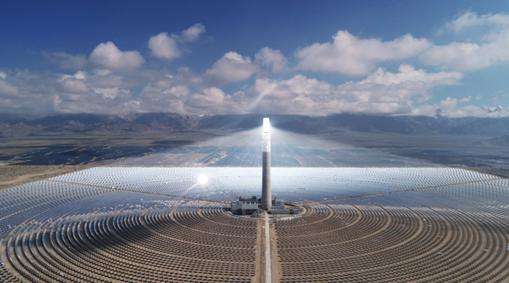The whirring sound is the sound of a generator.
①The generator belt is too loose or severely worn.
② Improper installation of the generator causes long-term wear of the foot holes and bolts, resulting in special-shaped bolt holes that cannot fix the generator and cause abnormal noises caused by shaking.
③ The generator bearings are damaged, mostly due to lack of oil. (When checking, you can remove the belt, turn the generator blades, and listen carefully for any abnormal noise from the bearings).
④ The generator rotor rubs against the stator (mostly related to bearing damage, rotor position deviation, and friction with the stator).
⑤The generator fan blades are deformed, and the external force causes the deformation and friction with the generator casing.
Self-inspection and self-correction after abnormal noise:
1. Check the status of the belt
When we find abnormal noise in the engine, First we need to check whether there are any faults in the peripheral accessories of the engine. Especially the parts associated with the belt operation. Includes generator, compressor, tensioner and water pump. And check the belt tensioning progress. Under normal circumstances, the belt tension should only rotate 45°.
2. Check the swing tensioner for abnormal noise
If there are "squeaking", "clicking" and other abnormal noises after the engine is running, we will check the swing tensioner as soon as possible. way to check whether the abnormal noise disappears. If there is an abnormal noise coming from the belt and its associated parts, the abnormal noise can disappear by loosening the belt. If the abnormal noise is from inside the engine, the abnormal noise will still exist after loosening the belt.
3. Disassembly of the tensioner
If the tensioner is damaged, it can generally only be replaced and cannot be repaired. Most tensioners are fixed to the bracket with one or two bolts, so it is easier to remove the tensioner after loosening the belt.














